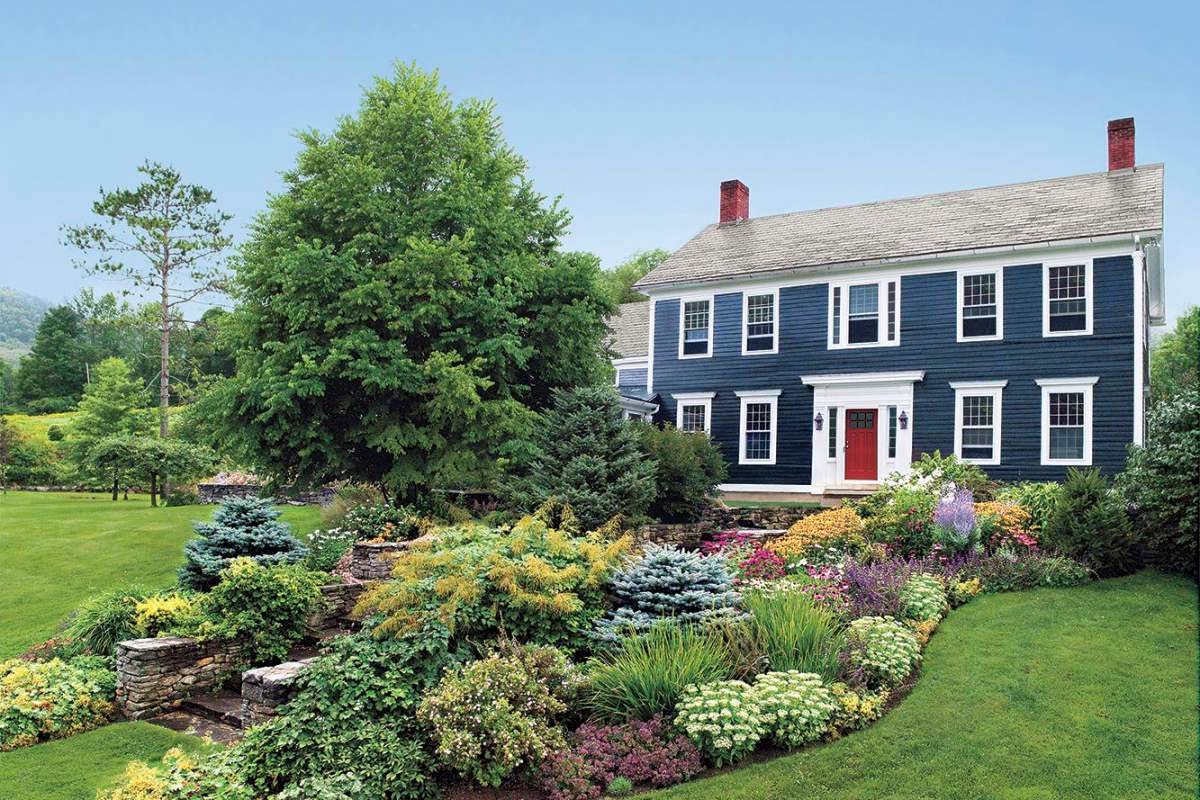
Given that creating landscape designs is a large part of the work that landscaping businesses do, then we think that they more than most businesses will appreciate the need for top-class website design. Whilst landscape design and website design are two completely different skills, the fact that both need to be completed to the satisfaction of clients, is one common factor at least.
As for the website design that a landscaping business has, such as gardenspec.com.au, it certainly plays a huge role in how well that website converts visitors to prospects who contact the business for more information or to hopefully request a landscape design quotation. Website design also has a significant influence on how well websites rank in search engines such as Google. Good rankings can mean a flood of more traffic, and low rankings mean just a trickle.
So, with good web design having such an impact on how your landscaping business might perform based on its effect on visitors and the amount of traffic it receives, we thought would be useful to highlight some web design basics so that you and other landscapers reading this who feel their website is not ticking all the boxes have some avenues to pursue, especially if you ask a web design agency to revamp your website.
Read More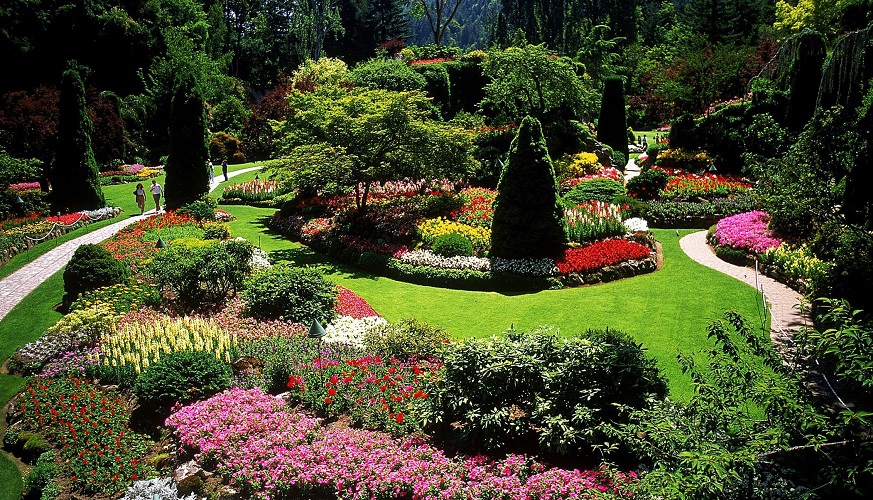
Like any other talent, being able to create an amazing landscape design requires a significant amount of skill and imagination. That being said, proper landscape design is not just a case of someone looking at a blank sheet of paper or a blank computer screen and randomly inserting plants, walkways, a lawn, and some garden furniture.
If a landscape design is going to work it needs to follow some simple, but essential principles. That does not mean to say that a landscape designers, even those who are beginners, cannot apply their own inspirational ideas to the design but it at least needs to have some level of order and logic to it.
As such, outlined below are the 5 principles which we believe you should apply to any landscape design, especially if you are a beginner, and are starting out on your very first one.
#1 Determine What Your Overall Goal Is
The first stage in any plan, including landscape design, is to initially establish what it is you want to achieve from it – whether it be a pool restoration or a new outdoor kitchen. By knowing that you can then implement and add elements within your design that will help to achieve your goals for the area you are designing for. You do not necessarily have to start the design but rather makes notes about how you would want it to look and possibly what ambience you would like to create.
Read More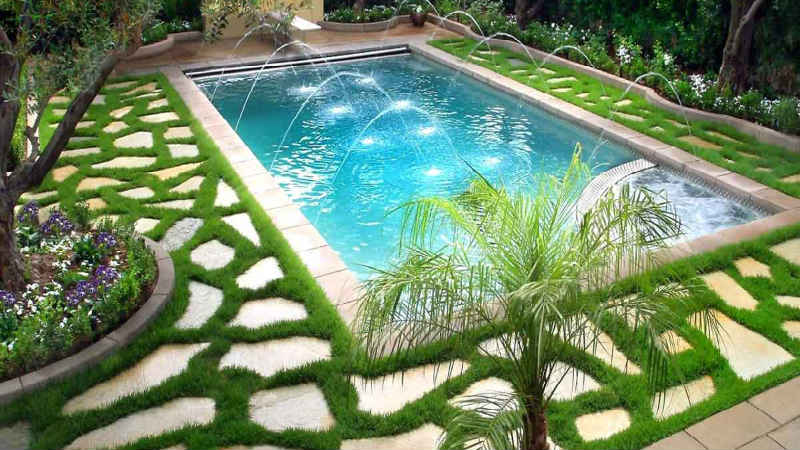
Sprucing up your poolside and lawn with an aesthetic garden that blends into the landscape can be a visual treat and is a popular garden and is in the top pool trends of 2019. However you need to have a good maintenance routine for the different foliage. If you want your poolside garden and lawn to provide a pleasant and natural ambience you will need careful planning not only for design and architecture but also the know-how on the type of plants best suited for your location.
When you’re in Australia, a landscape design professional will tell you that having a garden surrounding a pool or grown on your lawn can be challenging. Here are some helpful plantation tips for poolside gardens and lawns.
Planning a poolside garden
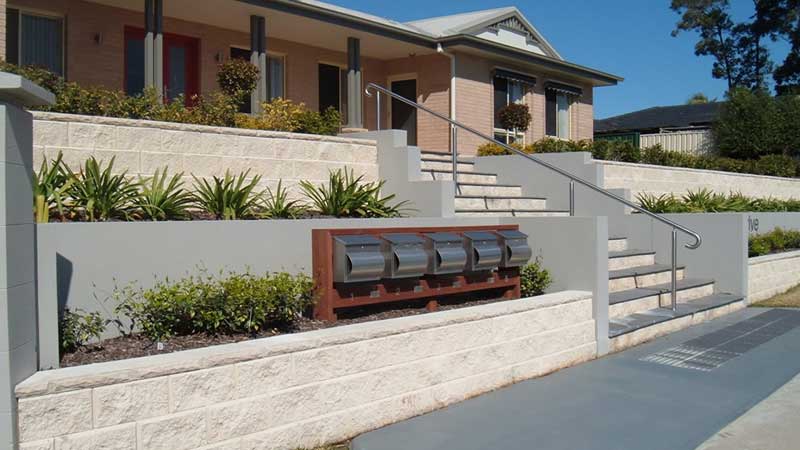
Limestone blocks are one of the most versatile building materials out there. They can be used for everything from retaining walls and fences to stairs and garden beds, and they look great as well. They are also strong and affordable, making them perfect for people who have a tight budget.
One of the most popular uses of limestone blocks is to build strong, durable retaining walls. There are many benefits associated with building retaining walls using limestone blocks. Some of these include:
If you’re building retaining walls near your house or in a prominent position, you need them to look good. Limestone is an attractive building material, and retaining walls made with limestone blocks usually look great! Customise the exact style of your wall by choosing the size and type of limestone block you want to use (reconstituted or naturally quarried).
If you’re on a bit of tight budget you might want to build your retaining walls by yourself. Limestone blocks let you do this. Although some of the larger sized blocks can weight hundreds of kilograms and need machinery to move, smaller blocks can be manipulated by hand. This makes it very easy to build a basic retaining wall out of limestone blocks.
Although not the hardest wearing material under certain conditions, retaining walls made out of limestone blocks will last for a long time. If you use large blocks and make sure that your walls are built well, the chances are that they will well and truly outlive you and your house.
Read More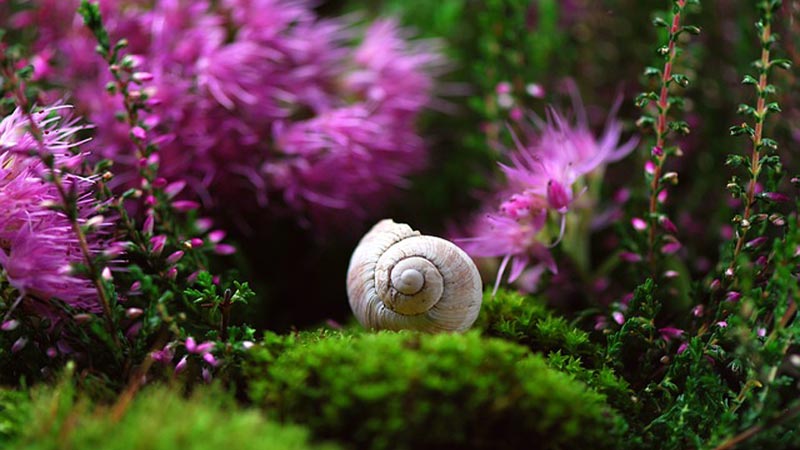
Designing a new garden or outdoor living area can be an extremely interesting and rewarding process. If you want your own mystical, fairytale garden, then there are a few basic things that you can do. If you are unsure about anything in the following article, then consider consulting experienced landscape architects to help you design your perfect mystical garden.
When it comes to creating an outdoor space with a magical feel, there are a few things that you can do. Ideally, you want to avoid too much synthetic material, and focus on natural beauty. Consider including the following things in your design to create the perfect mystical garden today:
Waterfalls and other water features:
When it comes to creating a mystical feel about an area, waterfalls are a great choice. Try and install a simple waterfall over natural rocks. If possible, plant mosses and ferns around the area, and try and include a small stream that produces the quiet sound of flowing waters.
Ferns, mosses, and other forest plants:
If you really want to go all out and create a magical area, with a colourful landscape design, then you should think about planting a small forest space. Obviously, this will be easier if you already have some large trees in the area, but if not then you can choose quick growing species that will be tall and dominating before too long.
Read More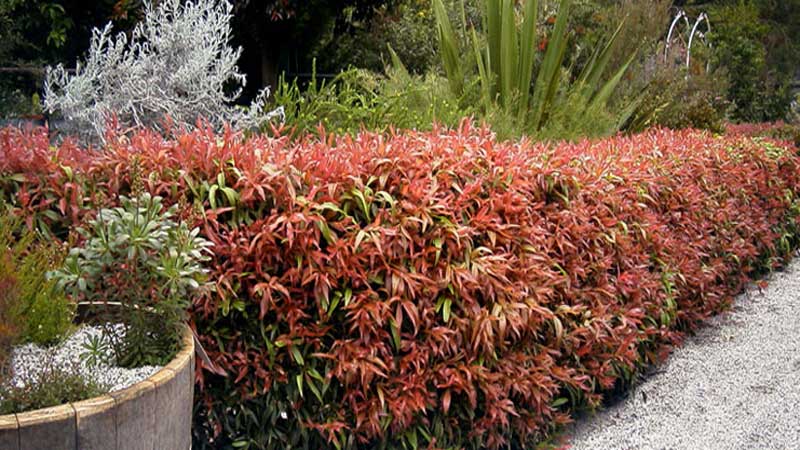
When it comes to sustainable landscape design, there are a lot of things to consider. First, you have to think about how you are going to design a garden which is sustainable and which doesn’t put any unnecessary pressure on the environment or on your surroundings.
Australia is one of the driest countries in the world. Most people throughout the country are on or have been on water restrictions at some point, and this can make it hard to grow certain plants. If you are trying to save water when you design your new garden, then choosing the right plants is probably the most important thing.
Consider the following when choosing plants for your garden to help you save water:
Your climate:
Obviously, the most important thing to think about when choosing plants for your garden is your climate. You need to try and find things which are suited to your climate, as they probably won’t need a whole lot of watering throughout the year.
Above all, you need to think about the heat. Most traditional garden plants are from cooler parts of the world, and they need a lot of water if you plant them in hot places. If you really want to save water with your garden, then choose plants which are suited to the heat and which are at least somewhat drought tolerant.
Read More